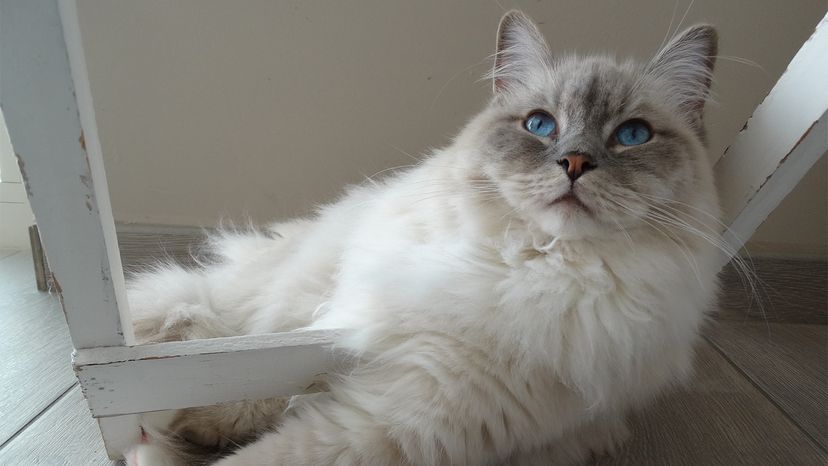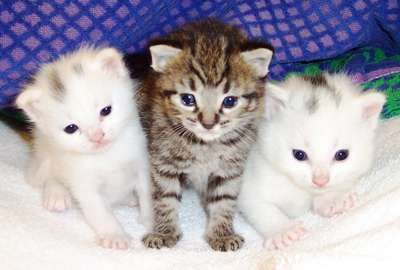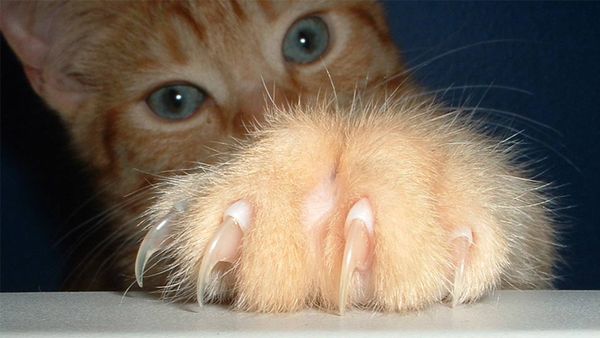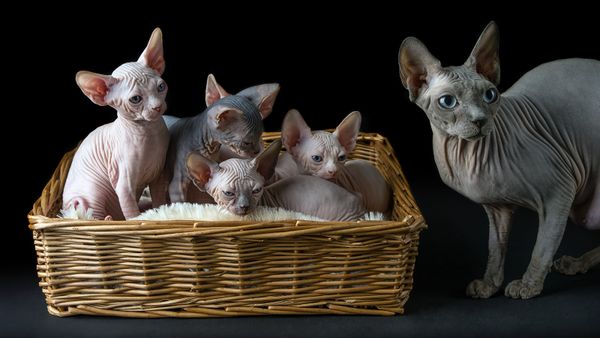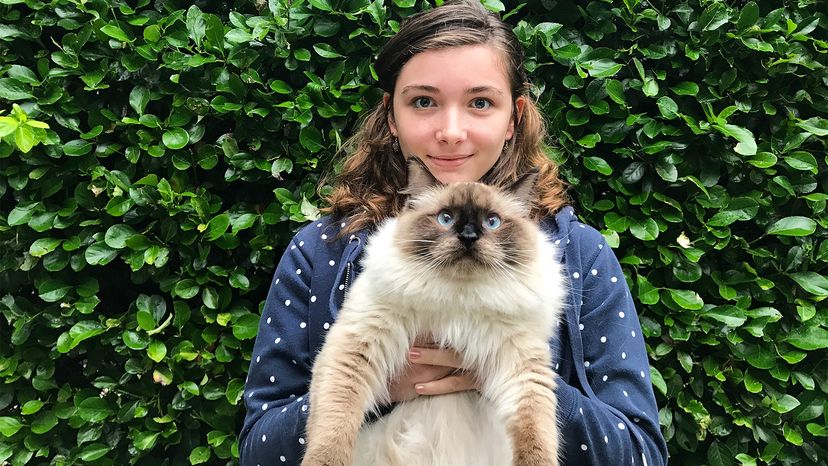
With more than 600 member clubs to its name, the Cat Fancier's Association (CFA) is a huge player in the wide, wide world of hardcore feline enthusiasts. Founded in 1906, the organization licenses hundreds of pet shows and keeps a seriously impressive research library. But above all else, the CFA is noted for being the largest pedigreed cat registry in the known universe.
It also chronicles industrywide trends. The CFA draws upon its own registration data to create an annual "Most Popular Breeds" list for the preceding year. While the 2020 and 2019 editions haven't been published yet, the 2018 results are in — and you'll never guess which housecat variant topped that list.
Advertisement
Was it the beguiling Siamese cat? Nope. The vociferous British shorthair, per chance? Negative. Instead, the CFA's most frequently registered cat breed of 2018 was a lovable critter known as the "ragdoll" cat. You might call it one of the new kids on the block. Unlike certain competitors with arguably ancient pedigrees, ragdolls are a modern invention.
